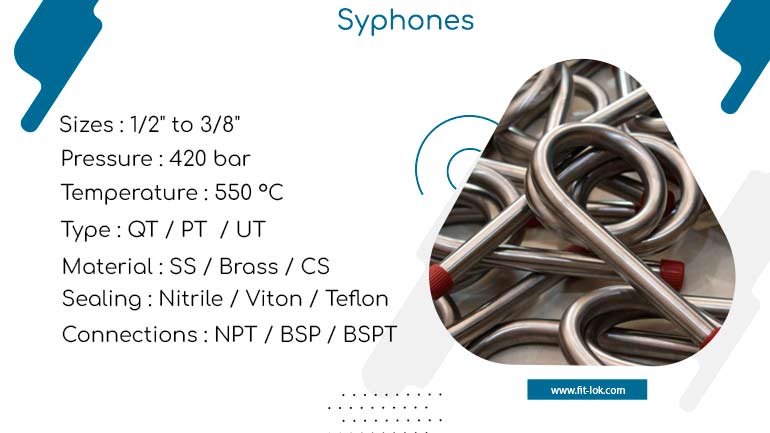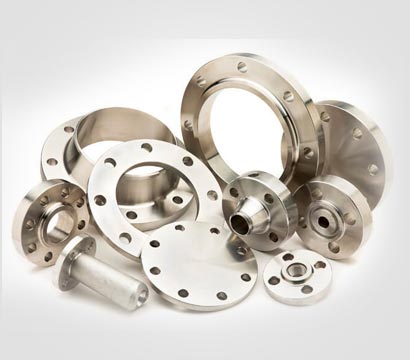Syphones

Siphons in Metalworking and Industrial Applications
For millennia, siphons have been used to move liquids, gasses, and even some materials from one location to another in a variety of industries, including metalworking. Although the idea of siphoning—moving a liquid from a higher point to a lower one—may appear straightforward, numerous intricate processes depend on its use.
1. Basic Principle of a Siphon
The siphon operates on the basis of gravity and atmospheric pressure. One end of the siphon tube is positioned lower and the other end is in the upper container once it is filled with liquid. A constant flow is produced when the liquid is pushed from the higher container by atmospheric pressure and pulled downward by gravity. In some circumstances, this principle makes it possible to move liquids without the need for a mechanical pump, which saves energy.
2. Siphons in Metalworking
Siphons are frequently employed in metalworking operations that call for the movement of liquids, such as molten metal. Because the liquid materials used in these applications can reach very high temperatures, they are delicate and precise.
-
Molten Metal Transfer: The safe movement of molten metals from one container to another is one of the most significant uses of siphons in metalworking. This is very helpful in smelting and foundry operations. Siphons make it possible to move molten materials with little loss of material or splashing, which is essential for upholding safety regulations and preventing the waste of valuable metals.
-
Cooling and Quenching: The safe movement of molten metals from one container to another is one of the most significant uses of siphons in metalworking. This is very helpful in smelting and foundry operations. Siphons make it possible to move molten materials with little loss of material or splashing, which is essential for upholding safety regulations and preventing the waste of valuable metals.
3. Siphons in Other Industries
While siphons have a wide range of applications in metalworking, they are equally vital in other industrial sectors. Some of the more notable examples include:
-
Chemical Industry: In chemical processing, siphons are used to transfer various liquids, including acids, solvents, and reagents. The siphoning system is an efficient way to move hazardous chemicals from one container to another, especially when dealing with volatile substances. Safety is a major concern in these industries, and siphons are often used in conjunction with spill containment systems to minimize risks.
-
Petroleum Industry: The siphoning principle is utilized in the petroleum industry for transferring oil and other fluids from high-pressure storage tanks to lower-pressure areas, or for filling smaller containers. This method reduces the need for mechanical pumps, saving energy and reducing mechanical wear.
-
Food and Beverage Industry: Siphons are also used in the food and beverage industry, particularly in the transfer of liquids such as oils, syrups, or beverages from one container to another. The siphoning method minimizes the chances of contamination and preserves the integrity of the liquid being transferred, making it ideal for food-grade materials.
4. Advantages of Using Siphons in Industry
-
Energy Efficiency: Siphons work without the need for external power sources, relying on gravity and atmospheric pressure to facilitate fluid movement. This reduces the cost of energy consumption compared to mechanical pumps.
-
Low Maintenance: Since siphons have no moving parts, they are relatively low-maintenance compared to pumps. This makes them an attractive choice in industries where regular maintenance can be costly and time-consuming.
-
Safe Handling of Hazardous Materials: In industries where dangerous chemicals or molten metals are involved, siphons provide a safer method of transferring materials with a reduced risk of spills or accidents. Additionally, siphons can be designed to work in sealed or closed systems, preventing hazardous fumes from escaping into the air.
-
Minimal Wear and Tear: With no moving parts, siphons suffer from less wear and tear compared to mechanical pumps. This contributes to their long lifespan and reliability, particularly in high-demand industrial settings.
5. Challenges and Limitations
Despite their many benefits, siphons are not suitable for every application, and there are some limitations to their use in industrial settings.
-
Height Restrictions: Siphons are limited by the height difference between the two containers involved. If the lower container is not positioned far enough below the higher one, siphoning will not work effectively. In such cases, mechanical pumps are usually required.
-
Airlock Issues: Airlocks can occur if the siphon tube is not properly filled with liquid, causing the flow to stop. This can be problematic in continuous-flow systems and requires careful attention to detail when setting up the siphon.
-
Viscosity of Fluids: The effectiveness of a siphon can be influenced by the viscosity of the fluid being transferred. Thick liquids, such as some oils or resins, may not flow as easily as water or other less viscous materials. In these cases, alternative methods of fluid transfer may be more efficient.
-
Contamination Risks: While siphons can be very effective in preventing contamination in certain applications, they can also pose a risk if the siphon tube is not properly sanitized or if the system is not sealed correctly. In food processing or pharmaceutical applications, careful cleaning and maintenance of siphon systems are critical to preventing contamination.
6. Innovative Uses and Future Developments
Despite their centuries-old use, siphons are becoming more effective and efficient thanks to modern technologies. Some contemporary siphon systems, for instance, use sensors to track liquid pressure and levels, enabling automated siphoning process control. In order to increase their application in increasingly demanding industrial settings, siphon systems are also being modified for usage in novel materials including high-temperature alloys and composite metals.
Furthermore, the idea of siphoning is being modified for use in sophisticated fluid handling systems, like those found in isolated locations with limited access to electricity or in space research. Siphon technology is a desirable alternative for sectors and uses where conventional mechanical systems are impracticable due to its dependability and simplicity.
Conclusion
Siphons are essential to a wide range of industrial operations, including handling chemicals and metalworking. They are economical and energy-efficient because to their capacity to transport gases and liquids without the use of intricate pumps or mechanical systems. Even while they have drawbacks, particularly when working with very viscous fluids or in applications that need high flow rates, their dependability and simplicity guarantee that they will always be a valuable tool in a variety of industries. The siphon system may continue to develop as technology progresses, discovering new uses and providing even more industrial operations efficiency.
What's Your Reaction?
























































